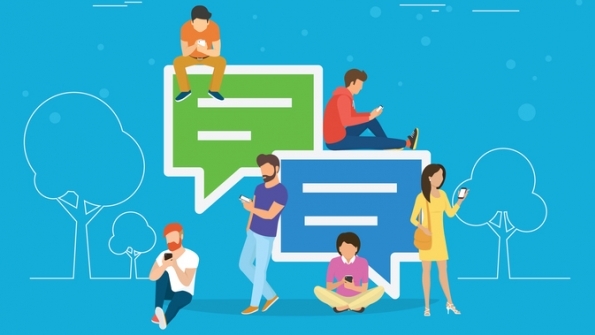“Do Slack and Google Docs Harm Human Interaction?” on Talkin’ Cloud, July 24, 2017
Agile Principle 6: Face-to-face Communication Most Effective
As Principle 6 of the Agile Manifesto states, “the most efficient and effective way of communicating information to and within the development team is face-to-face communication.” So clearly, the founders of Agile understood that the key to developing software was collaboration within the team, according to some experts.
“When teaching classes on project management and Agile, I always emphasize the importance of communications, and the well proven fact that face-to-face communication is far more effective than emails, chats and wikis,” says Alan Zucker, founding principal, Project Management Essentials LLC, provider of project management training and advisory services. “Many organizations work in distributed environments. While distributed teams are a fact of life, we need to recognize that quality of communications is downgraded. We can use tools like Slack, WebEx and Google Docs to mitigate the reduced fidelity of communication. But we need to recognize that they are inherently less productive.”
Unfortunately, this proclivity for using collaborative apps in the enterprise runs counter to the actual results obtained versus face-to-face interaction. For example, a April 2017 study published by Professor Vanessa Bohns in the Harvard Business Review found that face-to-face solicitation requests were 34 times more successful than email solicitations.
“Interestingly enough people who sent email solicitations thought they would be more successful,” Zucker says. “This study supports the often quoted statistic that communications is 93 percent nonverbal. I demonstrate this phenomenon with my students by asking them to line up by birthdate—month and day—without speaking. While there may be a couple people out of order, students are able to communicate and execute this task in silence.”

